|
|
 |
 |
|
|
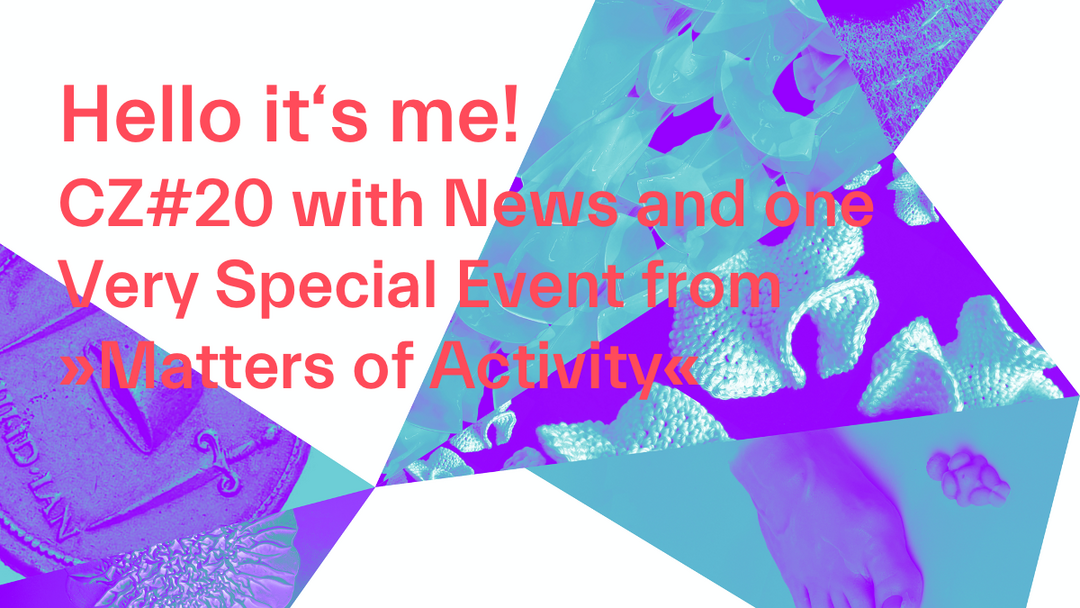
|
 |
|
Editorial Dear friends of »Matters of Activity«,
We are especially pleased about this CZ# issue with exciting event information and, above all, the first insight into the content of our Annual Conference.
Due to the current circumstances, we have decided to enrich our Cluster with a virtual environment. Our Annual Conference will take place there digitally for the first time for all of us, and we are excited to try out this new format with you. As of today, the abstracts are online, and soon the virtual Cluster space will be opened – get a first impression below.
See you on November 11th and happy reading
Antje Nestler, Eva Schmidt and Franziska Wegener
|
 |
|
Liebe Freund*innen von »Matters of Activity«,
wir freuen uns ganz besonders über diese CZ# Ausgabe mit spannenden Eventhinweisen und vor allem ersten Einblicken in unsere Jahrestagung diesen Mittwoch.
Aufgrund der aktuellen Umstände, haben wir uns entschieden, unseren Cluster um eine virtuelle Umgebung zu bereichern. Unsere Jahreskonferenz wird für uns alle dort das erste Mal digital statt finden und wir sind gespannt, dieses neue Format mit Euch gemeinsam auszuprobieren. Ab heute sind die Abstracts online und bald wird der virtuelle Clusterraum eröffnet – nachfolgend bekommen Sie einen ersten Eindruck.
Bis zum 11. November und viel Spaß beim Lesen!
Antje Nestler, Eva Schmidt, Franziska Wegener
|
 |
|
|
|
|
 |
| Our Annual Conference is Guided by the Motto of the Virtual, the New, the Explorative |
| Get an Insight into our Topics and Soon into our Virtual Cluster Space |
 |
|
|
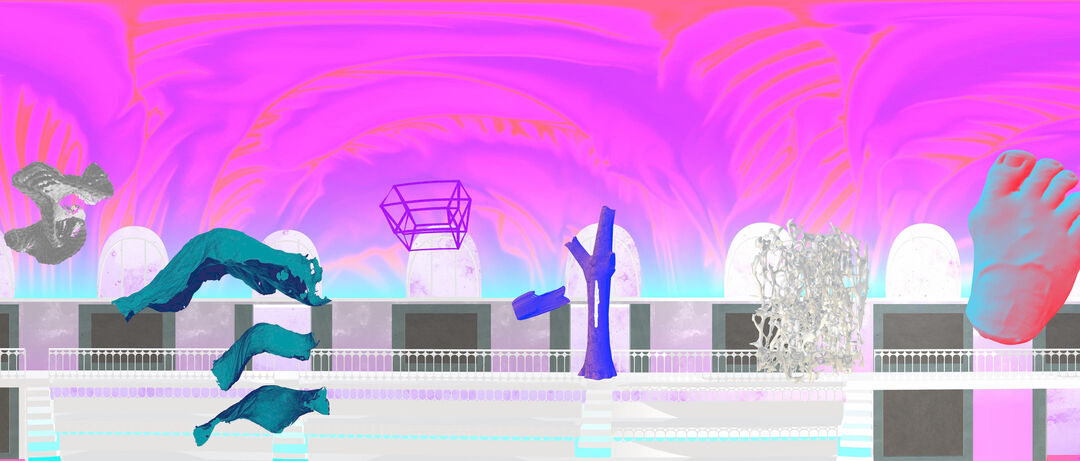
|
 |
3D Anchor Room of Annual Conference. Design by Helen Galliker and Object Space Agency. Copyright: Matters of Activity
|
|
Event | Annual Conference In times when science communication gets a new public, we open our doors to a virtual Cluster space and show our laboratories, 3D presentations of selected research objects and current research topics in 360° formats. Pre-recorded video lectures from the natural sciences, the humanities and design disciplines will be launched in so-called »Knowledge Rooms« followed by »Live Q&A« in Zoom.
View all abstracts below and also check our → event page for updates to the schedule, and on November, 11th the entrance to the conference space!
Access to the virtual conference space can be found at → www.matters-of-activity.de/annualconference on the morning of November 11th. There is no registration needed beforehand.
|
 |
|
|
|
|
 |
| Abstracts |
 |
|
|
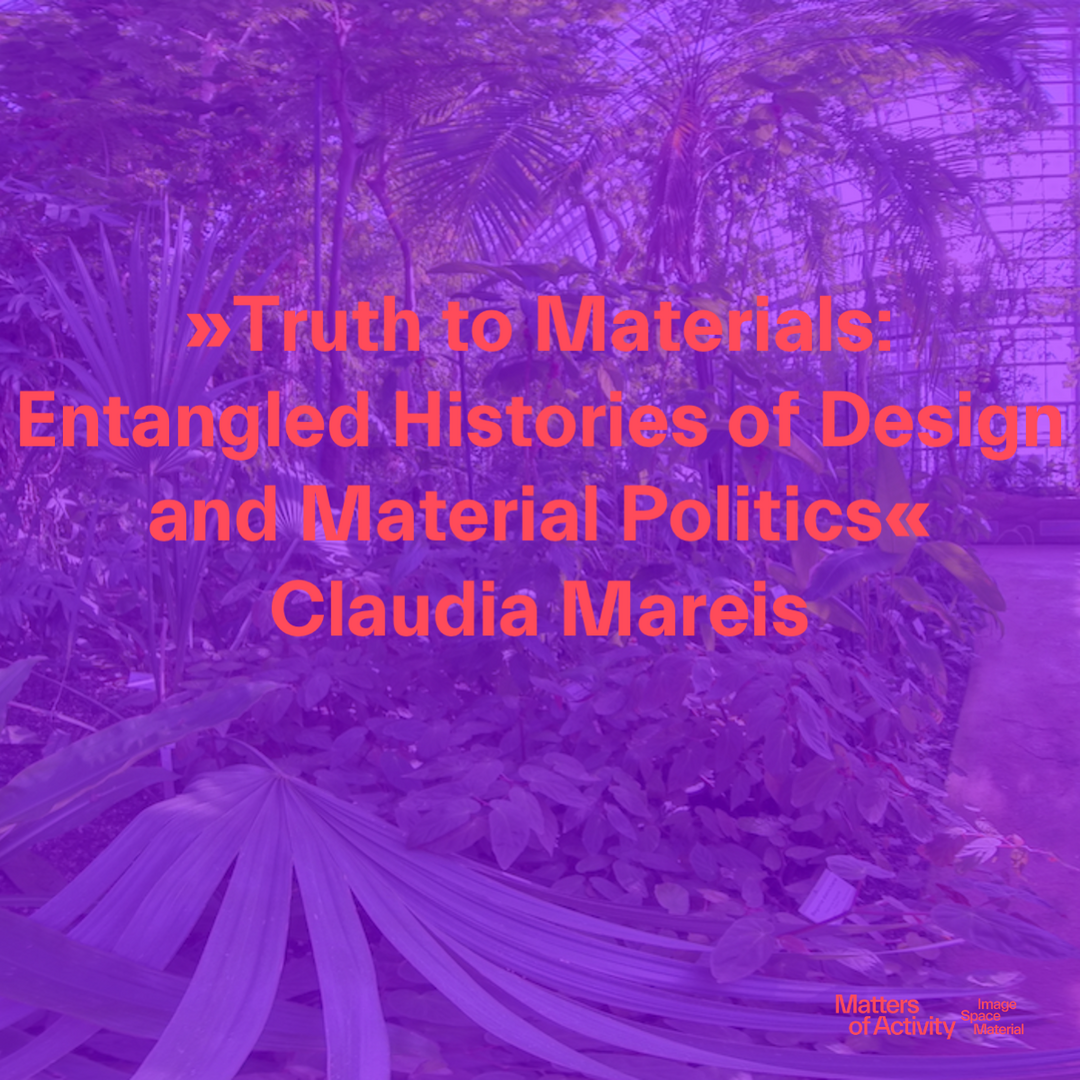
|
 |
Part of a 360° picture of the Green House at Botanical Garden Berlin. Copyright: Julia Trinkle
|
|
10:05 am
→ Claudia Mareis
Truth to Materials: Entangled Histories of Design and Material Politics
This lecture explores the entanglement of design and material politics against the background of industrial production in the mid-19th century. It brings a specific historical site of the global North into dialogue with an active material of the global South and sheds light on how the two are connected.
The starting point is ›The Great Exhibition of the Works of Industry of All Nations‹ of 1851, which was held in the Crystal Palace in London. This first international trade fair aimed to compare the ingenuity and industrial progress of all nations and to foster the free interchange of knowledge and ideas. Materials played a key role in the attempt to understand the world from an industrial perspective. They were not merely presented in the form of raw materials and commodities; they also structured the classification system of the exhibition.
Taking ›natural rubber‹ as an example of both an active material and an industrial commodity, the lecture will discuss the presentation of this tropical material at the Great Exhibition and its subsequent development into an essential building block of industrialization. Particular emphasis will be placed on the fact that there was no straight path leading from the milky sap of the wild rubber tree in the Amazon rainforest to the commercial rubber goods on display at the Crystal Palace in London. Rather, it was a complicated process of chemical material transformation, aesthetic education and, above all, forced human labor and ecological extraction that made natural rubber a useful – which is to say passive – material for industrial production.
|
 |
|
|
|
|
 |
 |
|
|
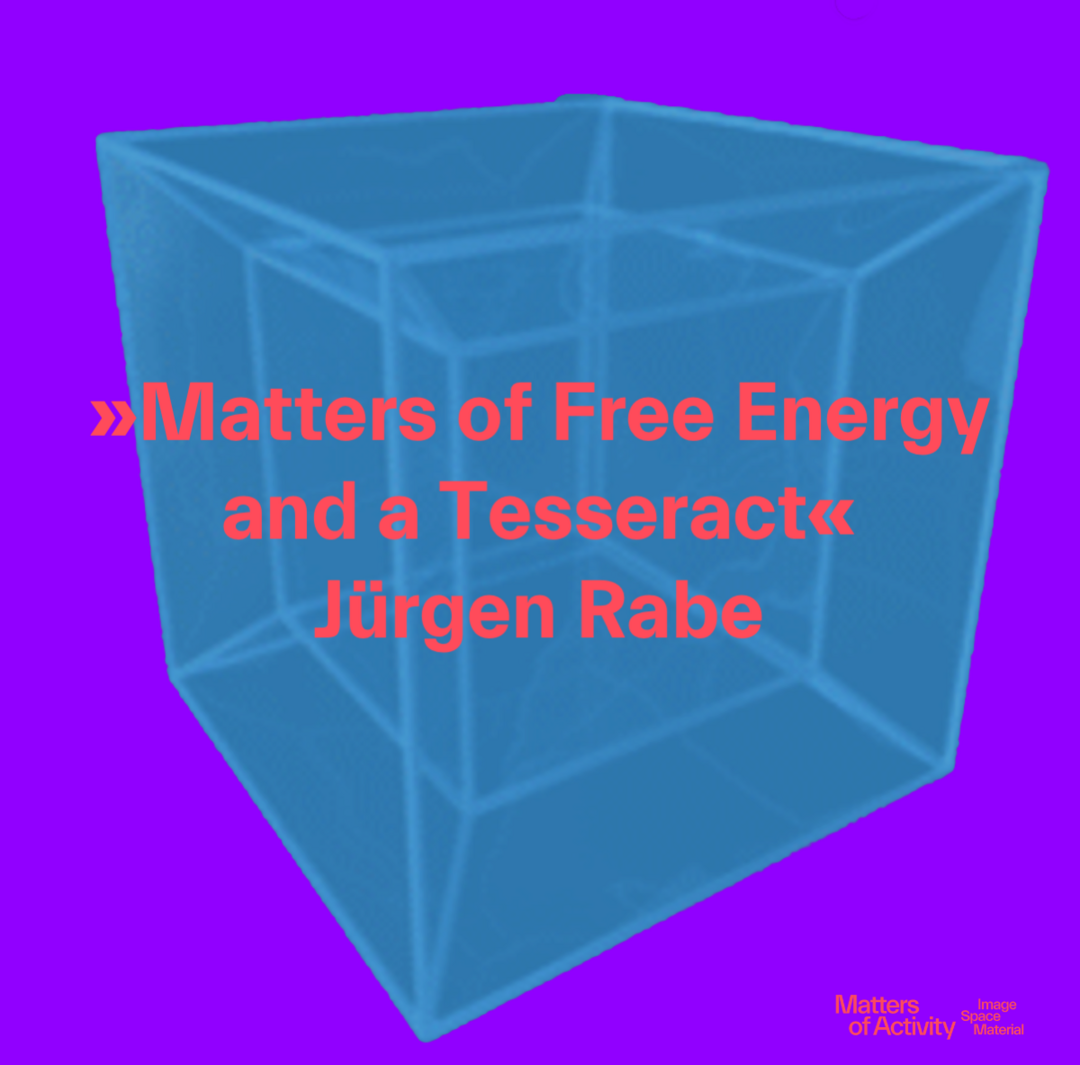
|
 |
Tesseract. Copyright: Wikipedia adapted by »Matters of Activity«
|
|
12:00 pm
→ Jürgen Rabe
Matters of Free Energy and a Tesseract
Matters of activity are matters of ›free energy‹, which is that part of the ›inner energy‹ of a system that can be converted into work. Nature makes smart use of it, for example with water. Depending on the ambient humidity and temperature, water can exert forces in suitably designed structures, which may open a blossom in the morning and close it in the evening, for instance. Here we make use of the free energy of water to cut a complex material with inner surfaces precisely at those interfaces exclusively. Molecular mixtures, such as water contaminated with organic molecules, may wet such interfaces, and in a thermodynamic filtering process, phase-separate there into their pure constituents. From the perspective of physics, these activities are many-body effects, and thus thermal energy is the key. We therefore began to expand our previously investigated Cube of Physics model for the fundamental theories of few-body systems into a Tesseract of Physics for large many-body systems. The tesseract is an object in four-dimensional space and hence challenging to visualize.
|
 |
|
|
|
|
 |
 |
|
|
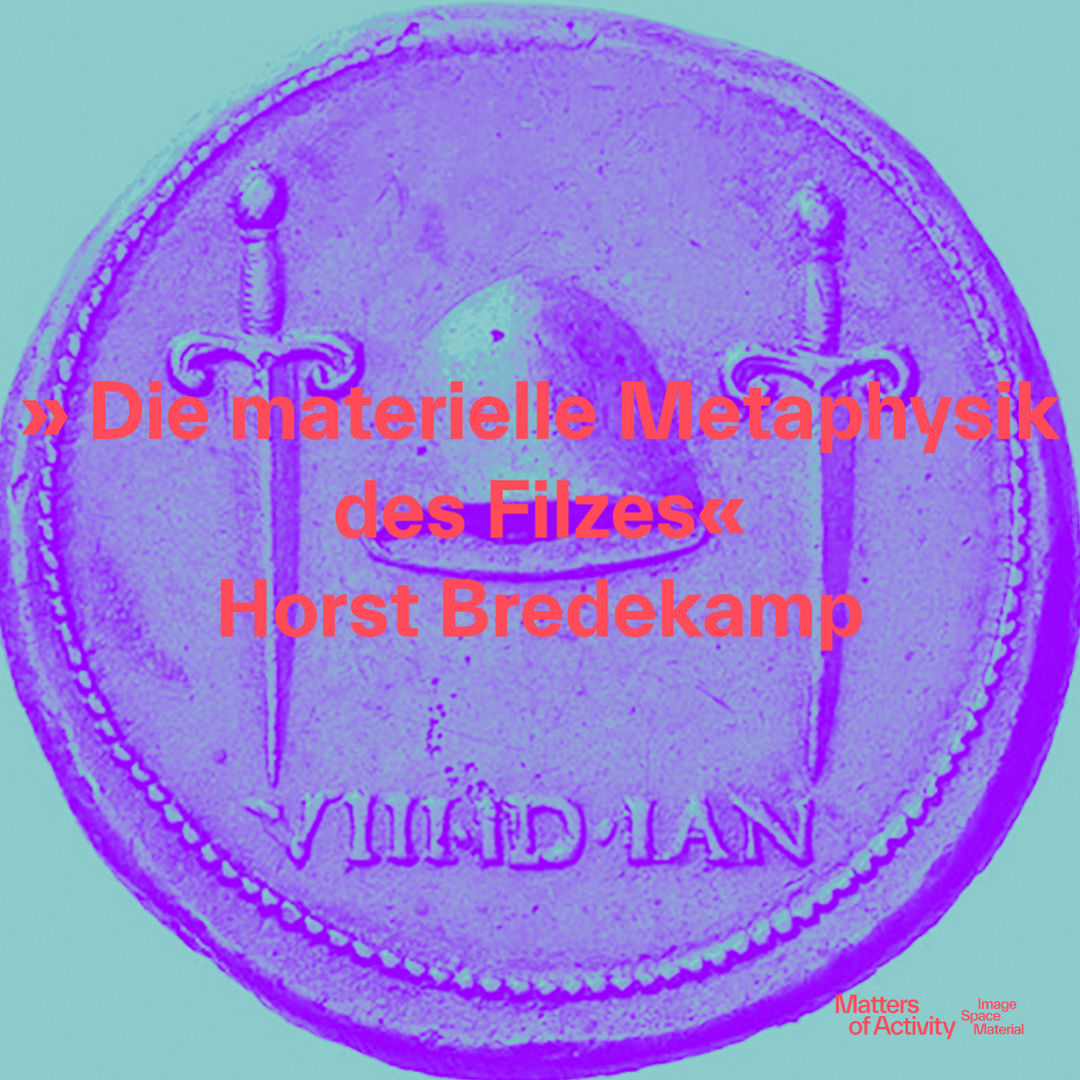
|
 |
Medallion commemorating Lorenzo de’ Medici: Felt hat and two daggers, after 1537. Copyright: Arthor’s Archive
|
|
2:50 pm
→ Horst Bredekamp
Die materielle Metaphysik des Filzes / The Material Metaphysics of Felt
This lecture treats felt as a material that transcends its pure materiality and has since time immemorial embodied specific qualities that can be characterized as symbolic activity. These qualities refer first to an effect of protection and security that exceeds physical impulses as well as to an aura of freedom that goes beyond this. Since antiquity, when felt hats were evidence of liberation from slavery, felt, which is composed of tangles of individual hairs and threads, has come to be associated with the community of the republic and the state of freedom and autonomy. A person who wears felt is free: This attribution has been used both as a sign of the tyrannicide and as an iconography of the autonomous status of artists. Michelangelo and above all Joseph Beuys can be evaluated as felt artists in this sense and hence as protagonists of ›active matter‹.
This lecture will be held in German. An English translation will be provided.
|
 |
|
|
|
|
 |
 |
|
|
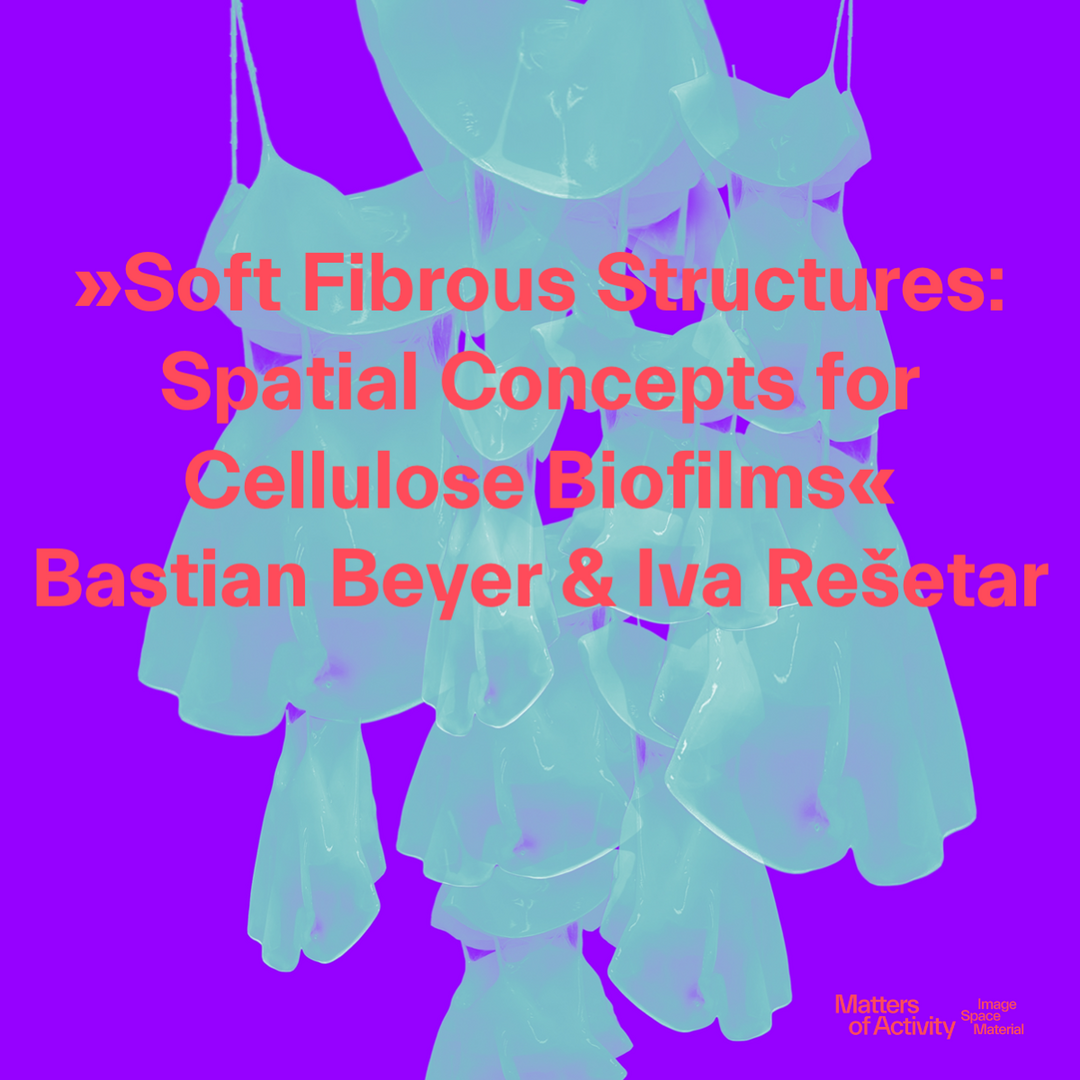
|
 |
Bacterial cellulose curtain. Copyright: Bastian Beyer and Iva Rešetar
|
|
3:45 pm
→ Bastian Beyer & → Iva Rešetar
Soft Fibrous Structures: Spatial Concepts for Cellulose Biofilms
The practices of cultivating materials by working with bacterial cultures and fermentation processes, long associated with agriculture or food processing, have recently found their way into architectural design. Cellulose is such a material; it not only occurs in plant tissues but can also be a result of bacterial metabolic processes.
As a biological material, bacterial cellulose belongs to a new generation of renewable polymers that are fundamentally different from standardized, industrial materials. Its outstanding properties, such as high water absorption and filtering capacity, high crystallinity, and the ability to withstand high tensile forces, are dependent on cultivation methods, microbial activity and a constant exchange with the environment. In contrast to conventional chemical-intensive processes for extracting plant cellulose to manufacture derivatives and products, design with bacterial cellulose opens up the possibility of bringing design practices closer to the processes of organic growth.
By engaging in an interdisciplinary collaboration between microbiology, materials science and architecture, our experiments with co-weaving soft fibrous structures with living organisms explore how these new entanglements of the natural, technological and material realms can connect temporal and spatial scales and contribute to transforming our current material and environmental practices.
|
 |
|
|
|
|
 |
 |
|
|
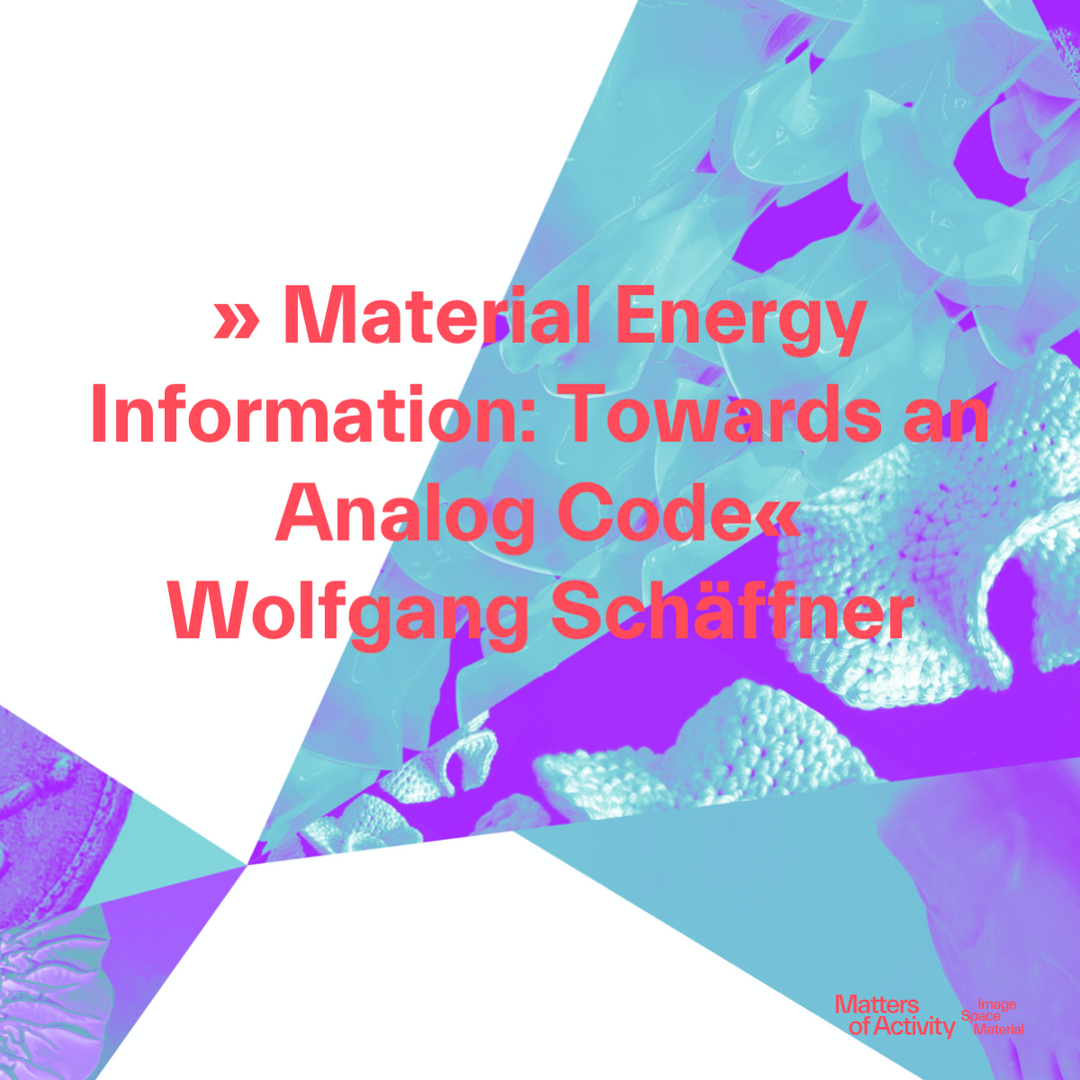
|
 |
Keyvisual »The Analog in the Digital Age«. Copyright: Matters of Activity
|
|
5:45 pm
→ Wolfgang Schäffner
Material Energy Information: Towards an Analog Code
This talk tries to pick up some threads of the recent talks. It focuses on the fundamental dichotomy of the material and the symbolic, the analog and the digital, and how the Cluster’s approach tries to overcome it by taking biological materials as a model of symbolic material. Since industrialization technology has implemented this dichotomy in all our culture; this becomes evident in mechanical and digital machinery. In contrast, bio-materials show no longer a separation of motor, information processing and working unit, but an integration of all these components in one and the same material structure. Thus material, energy and information result integrated within the material’s structure that includes environmental conditions within its activity. In terms of code, the material structure can be regarded a material or analog code that does not only represent or simulate physical processes but performs symbolic and physical operations at the same time.
We are looking forward to your attendance on November 11th and hope for fruitful discussions and new insights for everyone! All relevant information, as well as access to the virtual conference space, can be found on our event page
→ www.matters-of-activity.de/annualconference
|
 |
|
|
|
|
 |
| COVID-19, Platform Capitalism and the Predominance of Small Forms in Digital Space: A Talk with Joseph Vogl |
| As Video and Podcast at De Gruyter (in German) |
 |
|
Interview → Joseph Vogl is Professor of German Literature, Cultural and Media Studies at the Humboldt-Universität zu Berlin and spokesman for the Research Training Group History of Literature and Knowledge of Small Forms. At De Gruyter, he edited the handbook Literature & Economics in 2020 and the first volume in the new series Minima, entitled Reduction: Epistemology and Literary History of Small Forms.
The whole conversation can be found ↗ here (only in German).
|
 |
|
→ Joseph Vogl ist Professor für Literatur- und Kulturwissenschaft an der Humboldt-Universität zu Berlin und Sprecher des Graduiertenkollegs Literatur- und Wissensgeschichte der kleinen Formen. Bei De Gruyter hat er 2020 das Handbuch Literatur & Ökonomie sowie den ersten Band in der neuen Reihe Minima mit dem Titel Verkleinerung: Epistemologie und Literaturgeschichte kleiner Formen herausgegeben.
Das ganze Gespräch zu »COVID-19 und kleine Formen im digitalen Kapitalismus« ist ↗ hier zu finden.
|
 |
|
|
|
|
 |
| MoA Research Group »Adaptive Fibrous Materials« – New Members and Roles |
 |
|
The MoA research group »Adaptive Fibrous Materials« is interested in interactions between biological material and its environment. The fact that plants are sessile makes them particularly interesting regarding their adaptability and optimization strategies – there is no way for them to escape. Remodeling processes, such as those found in the animal kingdom, are absent, and adaptation takes place by growth. Interestingly, a large proportion of the newly formed cells dies after a short period of time in order to take over the function of a water transporting- or mechanical supporting element. Over time the properties and functions of these dead cells can change, but at any time, they depend on the temperature and humidity of the environment. This requires an intrinsic activity of the material. Prominent examples are wood swelling and shrinkage and seed capsule opening or seed dispersal, which becomes active upon an environmental trigger. But their work is not restricted to plants. Other fibrous materials such as the nests of African wild silk moths are studied in the group as well.
|
 |
|
|
|
 |
| Common Ground. |
| Art in the Lab. Science in the Studio |
 |
|
Call The Schering Stiftung wants to invite scientific institutions that are interested in or have experience with transdisciplinary projects to plan and realize an exhibition project together with us. Apply for a grant by January 15th, 2021!
As part of a collaboration with scientific institutions, the Schering Stiftung offers grants of up to 38.000€ as well as practical support for the realization of projects at the intersection of art and science. »Common Ground« for the first time offers scientific institutions based in Germany an opportunity to realize transdisciplinary projects in cooperation with the Foundation and to present them at the exhibition space of the Schering Stiftung. The exhibition – plus, ideally, a related transdisciplinary symposium – will provide a platform for the dialogue between art, science, and society. ↗ more
|
 |
|
|
|
|